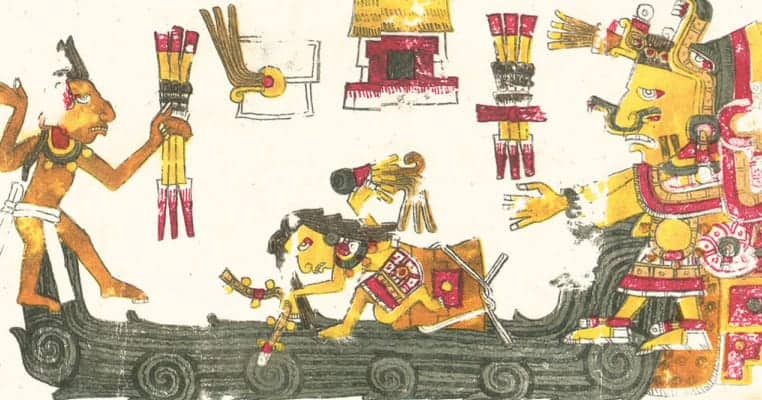The Aztec civilization flourished from the 14th to 16th century. Living in what is now known as Mexico, the Aztecs had a small empire of city-states in the area around Mexico City. They were a Mesoamerican culture with many artistic and cultural achievements. While they are best known in popular culture for their vengeful deities and tradition of human sacrifice, the Aztecs had a rich culture that included distinct styles of painting, sculpture, and ceramics. An aspect of Aztec culture that is not often discussed is their repressive sexuality which was downright Victorian in its prudishness. The Aztec empire fell in the 16th century at the hand of Spanish and Portuguese conquistadors. Nevertheless, the Aztecs held deep beliefs when it came to sexuality.

16. Homosexuality Carried the Death Penalty
Homosexuality was deeply despised in the Aztec empire when it was acknowledged at all. The punishments were extraordinarily severe and cruel for anyone found to be engaging in homosexual activity. Lesbians were killed with a garrote wire. “Active” or penetrating homosexuals were murdered through impalement while the receiving partner died through the extraction of the entrails through the anus.
Even heterosexual sodomy was punishable by hanging. There are at least some references to both sodomy and cross-dressing male prostitutes in Aztec writings. While at least one deity, Xochipilli, was associated with homosexuality, the existence of homosexuals and homosexual behavior seemed to be primarily denied by Aztec society. Parallels to this behavior can be found in modern-day Iran when former president Mahmoud Ahmadinejad claimed there were no gays in Iran.
It is interesting to note that receptive partners in homosexual relationships relieved an arguably crueler punishment. This concept mirrors Roman culture, where the penetrating partners were considered socially acceptable, but the receiving partners were looked on as effeminate and immoral. Aztecs had rigid expectations of masculinity and respected aggressive and “macho” behavior. Any behavior that would make a man behave or appear more like a woman would devalue his role in Aztec society.

